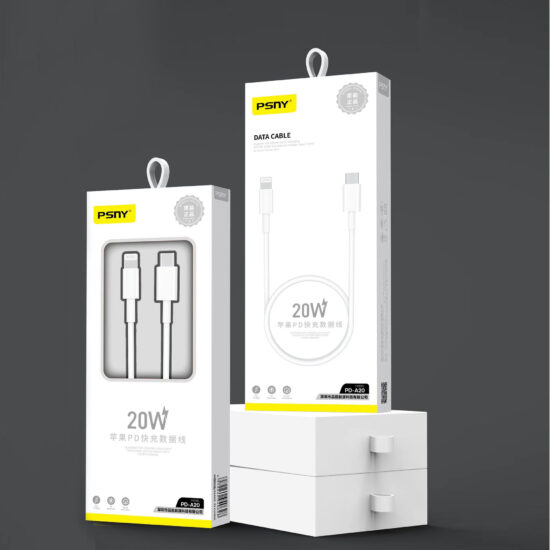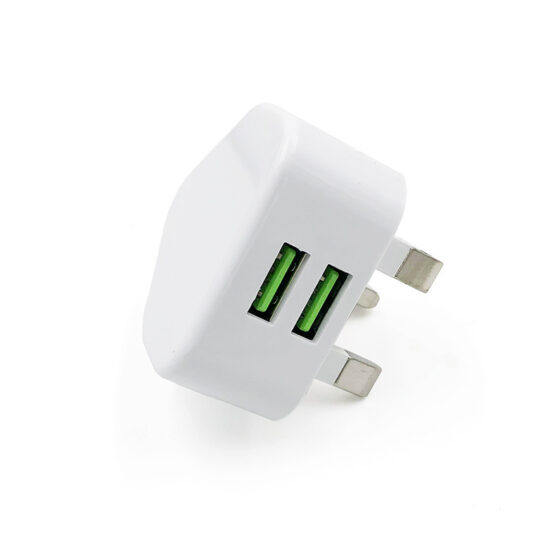bob@nbdho.com
How to Identify Fake Charging Cables and Avoid Damage
Here’s a clear, SEO-friendly blog draft for How to Identify Fake Charging Cables and Avoid Damage:
How to Identify Fake Charging Cables and Avoid Damage
Fake or counterfeit charging cables are everywhere, and using them can put your devices at serious risk. From poor charging performance to potential damage to your battery or even safety hazards, fake cables are not worth the savings. Here’s how to spot fake charging cables and protect your devices.
Why Fake Charging Cables Are Dangerous
- Unstable Power Delivery: Can cause overheating or undercharging.
- Poor Build Quality: Leads to fraying, breaking, or short circuits.
- Lack of Safety Features: No protection against voltage spikes or surges.
- Possible Damage to Device Battery or Port: May reduce battery lifespan or damage charging ports.
How to Identify Fake Charging Cables
- Check for Certification
- Apple cables should have MFi certification (“Made for iPhone/iPad”).
- USB-C cables should have USB-IF certification or come from reputable brands.
- Avoid cables without any certification labels or logos.
- Inspect Packaging and Branding
- Genuine cables come in high-quality packaging with proper logos, model numbers, and serial codes.
- Look for spelling mistakes, poor print quality, or missing information on packaging.
- Examine the Cable Build
- Fake cables often have flimsy connectors, loose plastic, or inconsistent coloring.
- Authentic cables have sturdy connectors, smooth finishes, and clear markings.
- Check the Cable Weight and Flexibility
- Genuine cables usually feel heavier due to quality materials and thicker wires.
- Fake cables can feel unusually light or overly stiff.
- Test Charging and Data Transfer Speed
- Use a trusted charger and monitor charging speed; fake cables often charge slowly or inconsistently.
- Try syncing data—poor data transfer can indicate a fake cable.
Tips to Avoid Buying Fake Charging Cables
- Buy from official retailers or authorized dealers.
- Avoid deeply discounted cables from unknown sellers or suspicious websites.
- Read customer reviews and product ratings carefully.
- Stick to reputable brands with clear warranty and return policies.
What To Do If You’ve Bought a Fake Cable
- Stop using it immediately to avoid damaging your device.
- Replace it with a certified cable from a trusted brand.
- Report counterfeit products to the platform or seller to help protect others.
Final Thoughts
Your charging cable is critical to your device’s safety and performance. Don’t risk it with fake cables—invest in quality, certified products to keep your devices safe and charging efficiently.
Need help finding authentic, high-quality charging cables? I’m here to guide you!
Would you like me to make a checklist infographic or a video tutorial on spotting fake cables?

